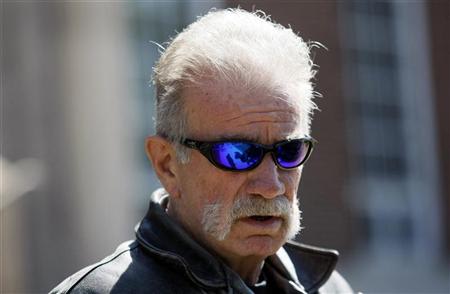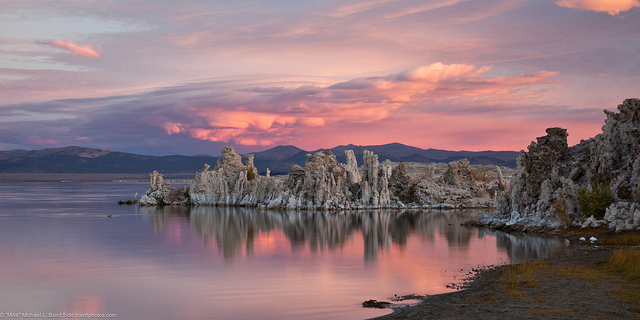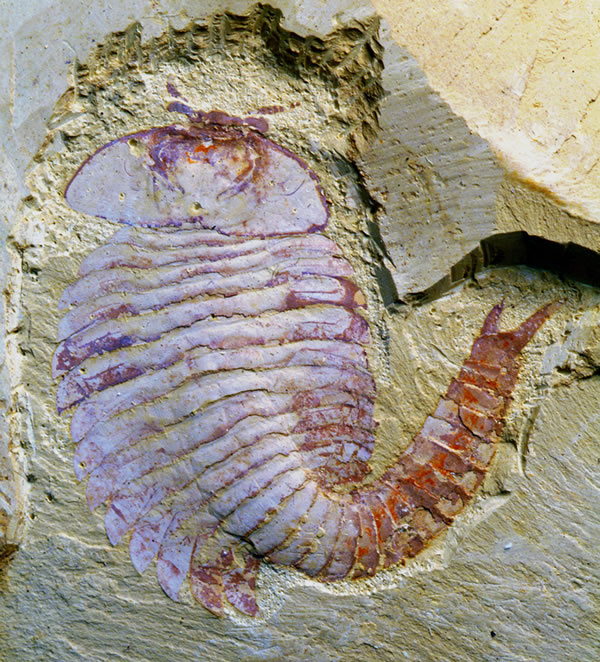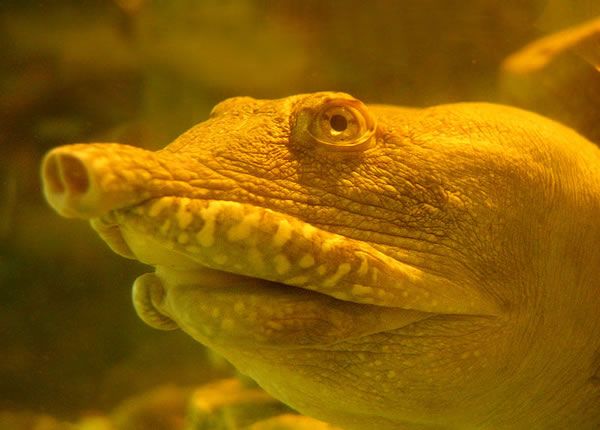And you wonder why we don't trust the TSA?
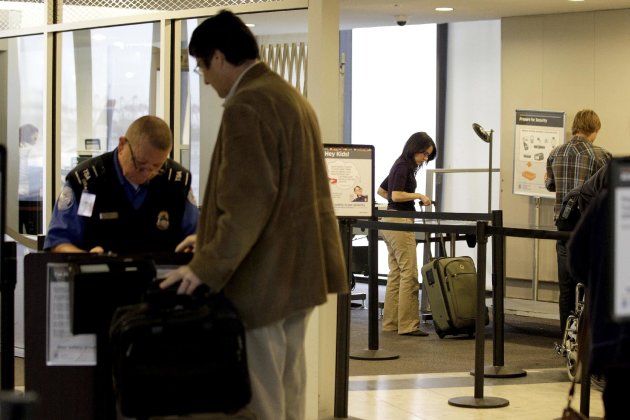
In an age when air travelers grudgingly surrender
bottled water at security checkpoints, the most striking aspect of the
arrest of a passenger wearing a bulletproof vest and flying with luggage
stocked with knives, clubs and body bags is that virtually all of it
was permissible to have onboard.
Yongda Huang Harris
, 28, was taken into custody at Los Angeles International Airport last week during a stopover on a trip from Japan, when U.S. Customs and Border Protection officers noticed he was wearing the bulletproof vest under his trench coat, along with flame-retardant pants and knee pads.
By then, he had reached the U.S. after a stop in South Korea
with a suspicious array of knives and other weaponry in his checked luggage, including a smoke grenade, a hatchet, a biohazard suit, a collapsible baton, masks, duct tape, leg irons and plastic restraints, authorities say.
Most
of the items — including the hatchet and knives — wouldn't violate
Transportation Security Administration guidelines for what is
permissible in checked luggage, and the protective vest and pants are
not listed among items prohibited on flights.
The smoke grenade was X-rayed by police bomb squad officers in Los Angeles
, who said the device fell into a category that is prohibited on board passenger aircraft.
But in Incheon, South Korea
,
where Harris deplaned and went through security before boarding a Los
Angeles-bound flight, items such as axes, knives or smoke-generating
cartridges are allowed in checked bags, according to a senior airport security official who spoke on condition of anonymity because he wasn't authorized to speak to media.
The
official said Harris' checked luggage went through X-ray scans at
Incheon but no hazardous materials were found and that no red flags were
raised about its contents because the items did not violate that
nation's guidelines for checked luggage.
Rules,
or the lack of them, that govern what passengers can do, carry or wear
on flights can seem alternately reasonable or unfathomable, sometimes
even bizarre.
Increased airline security after 9/11 sought to
armor flights against terrorist threats, but they can also test
credulity for those getting on board.
An intrusive pat-down by
security or the discovery of a too-big bottle of tanning lotion can
leave a passenger feeling violated, while Harris appears to have
triggered no alarm before arriving in Los Angeles.
"The one thing
that concerns me is he was able to board a plane internationally with
all these weapons and whatnot, and nobody in Japan, nobody in Korea,
bothered to find these things until he got to America," said Gadisa
Goso, 29, a school administrator and neighbor of Harris' mother in
Boston. "That's a big concern for, like, for the U.S."
Michael
Cintron of the International Airline Passengers Association said rules
for passengers "can get very confusing, and it can get complex, and it
can get disconcerting.
"For
the average passenger, you see someone getting stopped for liquid, an
innocuous object, then you hear about stories like this," Cintron said.
A
U.S. Homeland Security official briefed on the investigation said
Wednesday that South Korean security officials screened Harris and his
carry-on luggage before he got on the Los Angeles
flight, but the smoke grenade somehow made it onto the plane in his
checked luggage. The official was not authorized to discuss the case
publicly and spoke on condition of anonymity.
Harris is not
cooperating with federal officials who are trying to determine why he
was headed to Boston with the cache of weapons, authorities said.
Tom
Blank, a former deputy administrator at the TSA, said the U.S. will
likely look at whether the failure to detect the grenade on a U.S.-bound
jet was a one-time lapse or part of a wider security vulnerability.
If
the U.S. determines a country's airport doesn't meet U.S. standards, it
can ask for stronger security measures and even prohibit flights from
flying directly to the U.S. from that country.
"This clearly looks like an error. Something slipped through that should not have slipped through," Blank said of the grenade.
There
is no indication that Harris, who does not have a criminal record, is
linked to a terrorist organization or planned to damage the plane, and
it's not likely a smoke grenade could bring down the aircraft, the
federal official said.
But the smoke grenade is banned from planes
under the United Nations' explosives shipping rules. Depending on the
conditions when it is ignited, the grenade could fill the cabin with
smoke or cause a fire, officials said.
Asked about the grenade,
the Korean airport security official pointed out that South Korean
guidelines list as legal non-flammable, inert cartridges or tins that
produce smoke, but said he would have to see the specific item before he
could say more.
Customs officers also believed that the
lead-filled, leather-coated billy clubs and collapsible baton might be
prohibited by California law, according to an affidavit filed in U.S.
District Court.
Harris has been charged with one count of
transporting hazardous materials, an offense that carries a maximum
penalty of five years in prison. He made a brief court appearance
Tuesday but his arraignment was delayed until Friday and he was ordered
held until then.
Harris is a
U.S. citizen whose permanent residence is in Boston, though he recently
started living and working in Japan, officials said.
Attempts to
reach Harris' family in Boston were unsuccessful. His attorney, Steven
Seiden, was unavailable, said spokesman Chris Williams, who described
Harris as very intelligent, earning A's in high school and college
calculus.
Williams objected to characterizations that Harris was
not cooperating with authorities, saying he followed his attorney's
advice to exercise his constitutional right to remain silent.
"He has that right. He is an American citizen," Williams said Wednesday.
Harris
graduated from Boston University's Metropolitan College in January 2011
with a bachelor of science in biomedical laboratory and clinical
sciences, said Constance Phillips, the program director. She called
Harris a shy, good student who completed several internships performing
research at well-known labs in the Boston area.
Harris
traveled from Kansai, in western Japan, to Incheon before landing in
Los Angeles. South Korean officials said he traveled on all Asiana
Airlines flights, though the airline declined to confirm that, citing
South Korean law banning disclosure of passengers' information without
their consent.
Security at
Japanese airports is similar to security in the U.S. Metal detectors and
X-rays screen every person and every bag, both checked and carry-on.
Airport and immigration officials at Kansai International Airport said
Wednesday that airlines are primarily responsible for luggage
inspection, but no problematic cases have been reported recently.
An
immigration officer at Kansai, Masahiro Nakamoto, said authorities did
not report anything suspicious at the time Harris boarded, but arriving
passengers are checked more closely than those leaving the country.
Spokesman Keisuke Hamatani said Kansai security officials had not
reported any suitcases containing the hazardous materials U.S.
authorities say they found in Harris' luggage.
Yasunori
Oshima, an official at Japan's Land and Transport Ministry's aviation
safety department, said there had been no official inquiry or request
from U.S. authorities to look into the case, which he said would have
been more of a concern if the hazardous materials were brought into the
cabin rather than checked.
"The case does not seem to pose any immediate concerns about aviation security measures in Japan," he said.
Airport
police said they do not believe the case constitutes illegal conduct
under the Japanese domestic criminal code, but Japan may cooperate at
the request of U.S. investigators.



